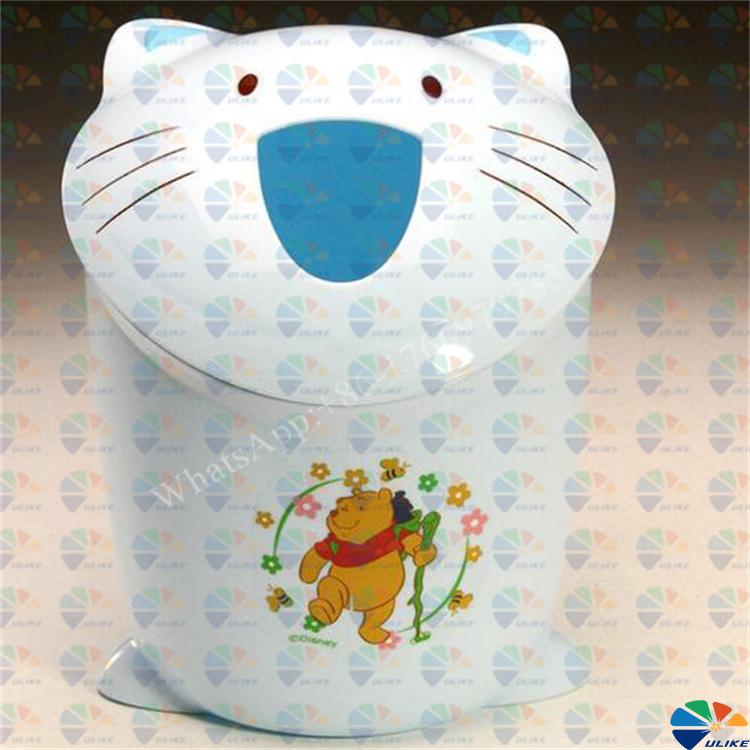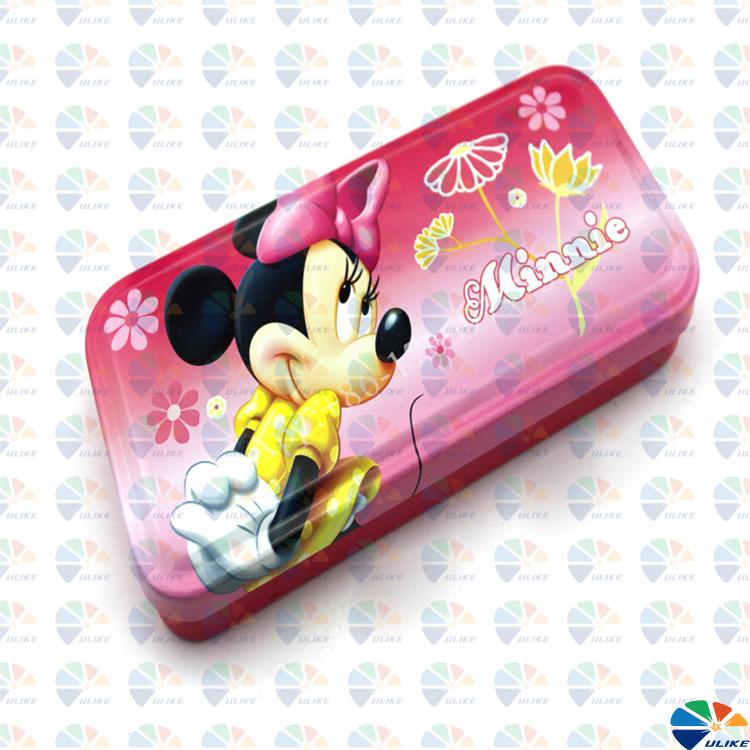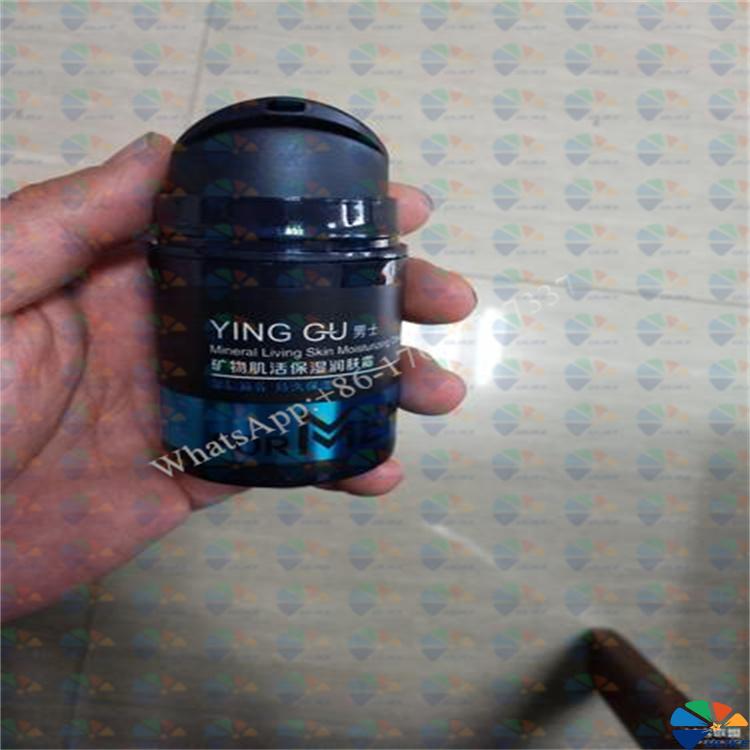PET Heat Transfer Film for Plastic Products: Applications and Future Prospects
PET heat transfer film has become a key innovation in the plastic products industry, providing an efficient and high-quality method for decorating and enhancing the surface of various plastic items. This article will explore the specific applications of PET heat transfer film for plastic products, highlighting its advantages and discussing future trends that may shape the industry.
-
Surface Decoration and Aesthetic Enhancement:
-
PET heat transfer film is widely used in the plastic products industry for applying detailed patterns, textures, and colors to plastic surfaces. This technology allows for the precise replication of complex designs, including metallic finishes, wood grains, and custom artwork, offering manufacturers the ability to produce visually appealing products that stand out in the market. This is particularly valuable in consumer goods such as plastic containers, toys, household items, and automotive components.
-
Branding and Customization:
-
One of the key strengths of PET heat transfer film for plastic is its ability to facilitate branding and customization. Logos, brand names, and specific product information can be seamlessly integrated into the design, creating a unique identity for products. This capability is essential for industries like cosmetics, electronics, and packaging, where brand recognition and differentiation are crucial.
-
Durability and Protection:
-
Beyond aesthetics, PET heat transfer film also enhances the durability of plastic products. The film provides a protective layer that is resistant to scratches, abrasions, chemicals, and UV radiation. This protection is particularly important for products exposed to harsh environments or frequent handling, such as outdoor equipment, automotive parts, and electronic devices.
-
Cost-Effective Production:
-
The process of applying PET heat transfer film to plastic surfaces is both efficient and cost-effective. It allows for high-speed production with consistent quality, making it a preferred method for large-scale manufacturing. The efficiency of this process reduces labor costs and minimizes waste, enabling manufacturers to offer competitively priced products without sacrificing quality.
-
Environmental Sustainability:
-
As the demand for sustainable manufacturing practices grows, PET heat transfer film offers a more eco-friendly alternative to traditional decoration methods. The process involves minimal use of harmful chemicals and generates less waste compared to traditional printing and painting methods. Moreover, advancements in PET film production are leading to the development of recyclable and biodegradable options, aligning with global sustainability goals.
Future Trends in PET Heat Transfer Film for Plastic Products
The future of PET heat transfer film for plastic products is set to be influenced by several key trends:
-
Advanced Printing Technologies:
-
Digital printing advancements are likely to revolutionize PET heat transfer film by enabling more intricate and high-resolution designs. This will allow manufacturers to offer even greater levels of customization and personalization, catering to the evolving demands of consumers.
-
Smart Functionalities:
-
The integration of smart features into PET heat transfer film is another exciting prospect. For instance, films embedded with thermochromic inks, RFID tags, or QR codes can add interactive elements to plastic products, enhancing user engagement and offering new marketing opportunities.
-
Sustainability Innovations:
-
With increasing emphasis on sustainability, future developments in PET heat transfer film will likely focus on creating eco-friendly versions that are biodegradable or made from recycled materials. This aligns with global trends toward reducing plastic waste and promoting circular economies.
-
Expansion into New Markets:
-
As the technology matures, PET heat transfer film is expected to expand into new markets and applications, including medical devices, aerospace components, and high-tech gadgets. The versatility of this technology makes it suitable for a wide range of plastic substrates, opening up numerous opportunities for innovation.
Conclusion
PET heat transfer film for plastic products represents a versatile and efficient solution for enhancing the appearance, durability, and functionality of plastic items. Its ability to deliver high-quality surface decoration, customization, and protection at a competitive cost makes it an indispensable tool for manufacturers across various industries. As the technology continues to evolve, PET heat transfer film will likely play a pivotal role in shaping the future of plastic product design and manufacturing.



![af]() Afrikaans
Afrikaans![sq]() Albanian
Albanian![am]() Amharic
Amharic![ar]() Arabic
Arabic![fr]() French
French![es]() Spanish
Spanish![ru]() Russian
Russian![de]() German
German![hy]() Armenian
Armenian![it]() Italian
Italian![ja]() Japanese
Japanese![ko]() Korean
Korean![pt]() Portuguese
Portuguese![hi]() Hindi
Hindi![az]() Azerbaijani
Azerbaijani![ro]() Romanian
Romanian![pl]() Polish
Polish![th]() Thai
Thai![el]() Greek
Greek![eu]() Basque
Basque![en]() English
English![zh-CN]() Chinese (Simplified)
Chinese (Simplified)![zh-TW]() Chinese (Traditional)
Chinese (Traditional)![be]() Belarusian
Belarusian![bn]() Bengali
Bengali![bs]() Bosnian
Bosnian![bg]() Bulgarian
Bulgarian![ca]() Catalan
Catalan![ceb]() Cebuano
Cebuano![ny]() Chichewa
Chichewa![co]() Corsican
Corsican![hr]() Croatian
Croatian![cs]() Czech
Czech![da]() Danish
Danish![nl]() Dutch
Dutch![eo]() Esperanto
Esperanto![et]() Estonian
Estonian![tl]() Filipino
Filipino![fi]() Finnish
Finnish![fy]() Frisian
Frisian![gl]() Galician
Galician![ka]() Georgian
Georgian![gu]() Gujarati
Gujarati![ht]() Haitian Creole
Haitian Creole![ha]() Hausa
Hausa![haw]() Hawaiian
Hawaiian![iw]() Hebrew
Hebrew![hmn]() Hmong
Hmong![hu]() Hungarian
Hungarian![is]() Icelandic
Icelandic![ig]() Igbo
Igbo![id]() Indonesian
Indonesian![ga]() Irish
Irish![jw]() Javanese
Javanese![kn]() Kannada
Kannada![kk]() Kazakh
Kazakh![km]() Khmer
Khmer![ku]() Kurdish (Kurmanji)
Kurdish (Kurmanji)![ky]() Kyrgyz
Kyrgyz![lo]() Lao
Lao![la]() Latin
Latin![lv]() Latvian
Latvian![lt]() Lithuanian
Lithuanian![lb]() Luxembourgish
Luxembourgish![mk]() Macedonian
Macedonian![mg]() Malagasy
Malagasy![ms]() Malay
Malay![ml]() Malayalam
Malayalam![mt]() Maltese
Maltese![mi]() Maori
Maori![mr]() Marathi
Marathi![mn]() Mongolian
Mongolian![my]() Myanmar (Burmese)
Myanmar (Burmese)![ne]() Nepali
Nepali![no]() Norwegian
Norwegian![ps]() Pashto
Pashto![fa]() Persian
Persian![pa]() Punjabi
Punjabi![sm]() Samoan
Samoan![gd]() Scottish Gaelic
Scottish Gaelic![sr]() Serbian
Serbian![st]() Sesotho
Sesotho![sn]() Shona
Shona![sd]() Sindhi
Sindhi![si]() Sinhala
Sinhala![sk]() Slovak
Slovak![sl]() Slovenian
Slovenian![so]() Somali
Somali![su]() Sudanese
Sudanese![sw]() Swahili
Swahili![sv]() Swedish
Swedish![tg]() Tajik
Tajik![ta]() Tamil
Tamil![te]() Telugu
Telugu![tr]() Turkish
Turkish![uk]() Ukrainian
Ukrainian![ur]() Urdu
Urdu![uz]() Uzbek
Uzbek![vi]() Vietnamese
Vietnamese![cy]() Welsh
Welsh![xh]() Xhosa
Xhosa![yi]() Yiddish
Yiddish![yo]() Yoruba
Yoruba![zu]() Zulu
Zulu




